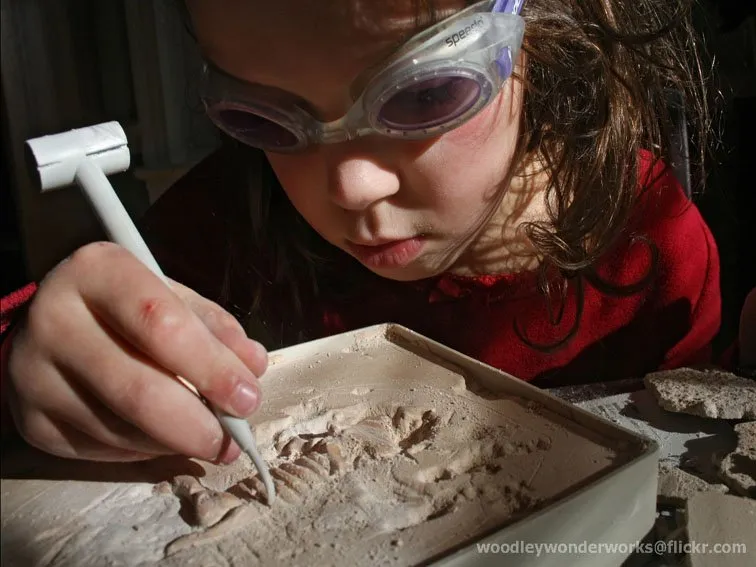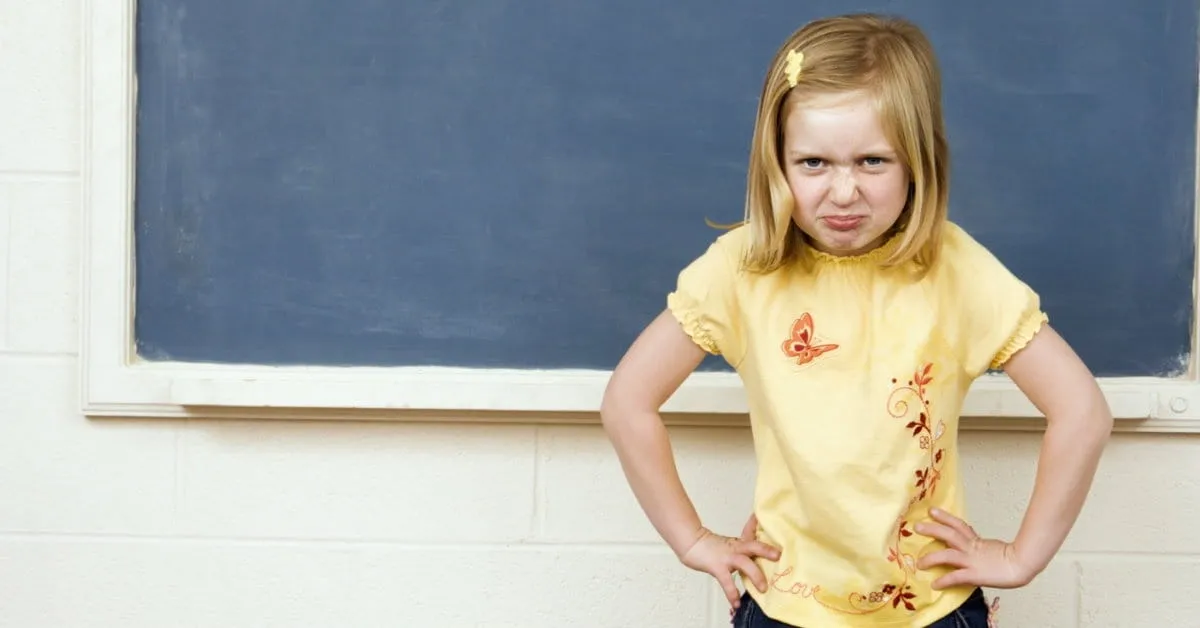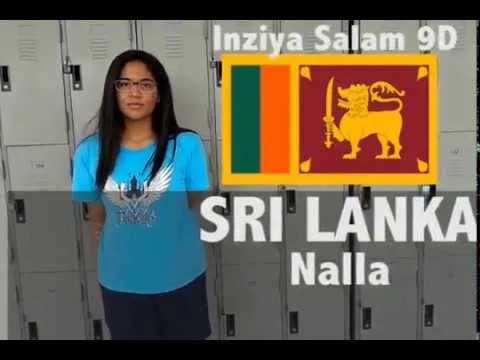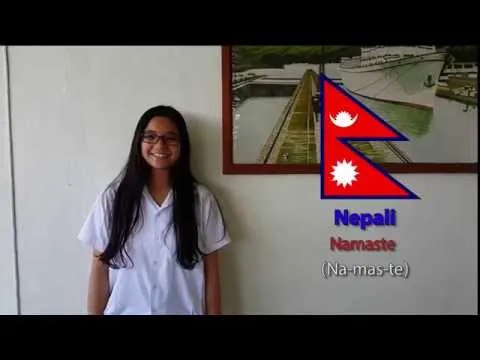Now, the Blended Learning (BL) facilitator a.k.a. the teacher should understand that at the center of this pedagogy is the student. I am referring to a “single” student here rather than “students” as a group because BL should ultimately be reduced to a personalized form of instruction.
At the end of this article, I have listed my own design of Blended Learning Lesson Plan followed by additional resources as links to other BL websites.

PHOTO CREDIT: EDSURGE.COM
If this is the first blog post you read in this series, I’d like reiterate what is Blended Learning before you read any further. From Wikipedia:
“Blended learning is a formal education program in which a student learns at least in part through delivery of content and instruction via digital and online media with some element of student control over time, place, path, or pace.”
IMPORTANT THING TO REMEMBER: Technology Integration is NOT Blended Learning. Having a computer in your classroom hooked to an LCD projector is technology integration. Putting laptops or tablets on the hands of the students is technology integration, yet it is NOT Blended Learning.
The lesson plan of BL should:
1. Center around the student’s learning processes and the ability to perform
Differentiation should be one of the primary goals when preparing your lesson plan on BL. It all boils down to personalized teaching.
The lesson plan should also direct students to a collaborative environment where they exercise critical thinking skills and shifts from teacher-to-student interaction to student-to-student interaction to encourage a more lateral collaboration. Your lesson plan should seamlessly transition technology integration as great tool into an environment where increased sharing and collaboration occurs.
Delivering contents online using an LMS such as Schoology or Moodle is a great way to implement lesson plans. This ensures that students have access to the contents at home or in the classroom for review. Make sure your contents stimulate students to collaborate, share knowledge and interact with each other -- giving students control of time, place, pace, and path of learning -- the indicators of a great BL approach to lesson planning.
2. Support the student’s strengths.
As you design the lesson plan, you should think of the diversity of learners you may have. There are those who are fast learners and may require you to provide them with advanced activities or topics to work with.

PHOTO CREDIT: http://classroom-aid.com/
I had students who were brilliant that before the period ends -- and even before others finished the task -- they were done and were clamoring for more work.
The flexibility of your lesson plan allows your class to cater to different pace of learning. Do not let any boring moments in their learning process hamper their momentum.
You can deal with brilliant students in two ways: let them take the role of “mentors” to other slower students or provide more advanced work.
Fast learners are assets to the class if you know how to manage them and motivate them to help other students.
3. Turn student’s weakness into opportunities of learning.
"Engage the students, not enrage them."

PHOTO CREDIT: CROSSWALK
Always look for ways on how to help students with their weak points.
For example, in a school where English is a foreign language, some students have a hard time understanding and following instructions in English.
One of the challenges some students encountered in my class was when they watch a video instruction,say about Photoshop Blur effects, and could not understand the instruction itself due the author’s accent, low audio/video quality, or the instructions are too technical they sound like foreign language to the students. In which case, I allow student to look for similar video, mostly in YouTube, and still be able to accomplish the task of the day.
One thing I asked students to do was to list down words or phrases they heard for the first time and post them in the course as comments. Other students would then respond to explain what the word or phrase mean and may give an example on how to use them. This opens up discussion and learning collaboration. The teacher or facilitator may interject and share his/her own idea confirming other students’ thought or deliberately opening up more discussions.
It is possible to foresee these things with careful planning. You see, there are still parts of the traditional methods that can work with BL method. We can leverage them to successfully engage our students.
4. Celebrate student achievements.
I always appreciate rewards, that why I love Steemit so much. I get rewards for the quality posts I make and it gives me a sense of value in the community.
Same is true with students. A simple “tap on the shoulder” is appreciated by students more than a teacher can know. But students appreciate more when they feel their work has made valuable contribution to the class. Remember that with BL, collaboration and sharing always pop up. The teacher may give positive response to a student reply and commend his/her comments as a valuable resource to the class.
Celebrating achievements does not only confine to getting high marks. It also entails giving responsibility, for example, to mentor other students. It gives them a feeling of worth and value and that they are a trusted member of the collaborative group.
Sample Lesson Plans
Lesson Plans on Blended Learning can be as simple as the following lesson plan or it can be as complex as it need to be. The following is a simple lesson plan I made in Schoology.
My lesson plan structure include:
- Required Output. Most of the time this is the end-result of the activity in the form of a digital file. In this activity there are three different file types as specified in the Submission Requirements section.
- Submission Requirements. Specifically describes what file type to submit and on which day/time, when required. I require a specific filename for ease of recognition when I download the files for checking.
- Overview. Summarizes in one or two sentences what the activity is all about and what output is required.
- Objectives. Blended Learning lesson plans are not entirely different from the traditional lesson plans, which is evident in this section. Objectives are the goals of the activity after it is done.
- Resources. Enumerated resources such as instructional videos that students follow, or a sample output that students may base their work from, or any other resources that may be helpful to students to finish the task.
- Activities and Details. This is the instruction section for students to follow. Make sure every detail is listed as accurately as possible.
The Lesson Plan
Basic Video Editing Using Adobe Premiere: Application of Simple Animation and Lower Third Title
Required Output:
A video featuring common phrases in different languages. Common phrases like "Thank You!", "How Are You?", "Good Morning", etc. Minimum of 12 languages with added background music.
Submission Requirements:
- TUESDAY: Microsoft Word: Group Members Name, Common Expression, and 12 language translations, country flag. Filename: expressions-in-many-language-YOURNAME.
- THURSDAY: Exported video of the required output (local cloud). Filename: expressions-in-many-language-YOURNAME.
- THURSDAY: Adobe Premiere Pro CC Project file (Schoology.com). Filename: expressions-in-many-language-YOURNAME.
Overview:
Animating objects in a video adds an interesting visual effects. Titles may be animated together with other objects to produce a more lively clip.
Objectives:
This unit will allow students to learn:
- Animated Titles using Motion, Position, Scale, keyframes.
- Animated Photos using Motion, Position, Scale, keyframes.
- Add background to titles with gradient colors and opacity.
- How to create a rolling and crawling titles.
- Language Literacy: Common expressions in different languages.
Resources:
- Sample Video: How to Say Thank You in 31 Languages (link)
- Tutorial Videos (links):
- Creating a basic lower third title
- Creating rolling and crawling title
- Applying animation to titles
- Common Expressions List: Website Click here (link)
Activities and Details:
- Students pair up. Look for a classmate they can work with effectively and efficiently. One holds the video recording device, the other does the interview. Or students may choose to work individually.
- Students interview students/teachers of different nationalities asking how the chosen expression is translated to their own language. The interviewee MUST speak the expression itself in their own language.
- A 5-second timeframe is given to each expression which includes the vocal expression, text expression, national identity (flag), illustration.
- For each language,
- apply a "basic lower-third title" with animation, background gradient, font style, font color, font enhancement. This title must include student name and student grade/section.
- add national identity: flag and name of country, common expression in the language of the interviewee.
Submit the required files on time as indicated in the Submission Requirements section.
---end of lesson plan--
Actual Output of this activity (these students are camera-shy so please give them some slack):
Other Lesson Plans on Blended Learning (links)
- http://blog.wowzers.com/the-educators-guide-to-the-blended-learning-lesson-plan
- http://mmserpd.weebly.com/blended-learning-lesson-plan.html
- https://en.wikiversity.org/wiki/Instructional_design/Blended_Learning_Lesson_Plans/Designing_a_Blended_Lesson
- https://www.pinterest.com/pin/436075176393249845/

